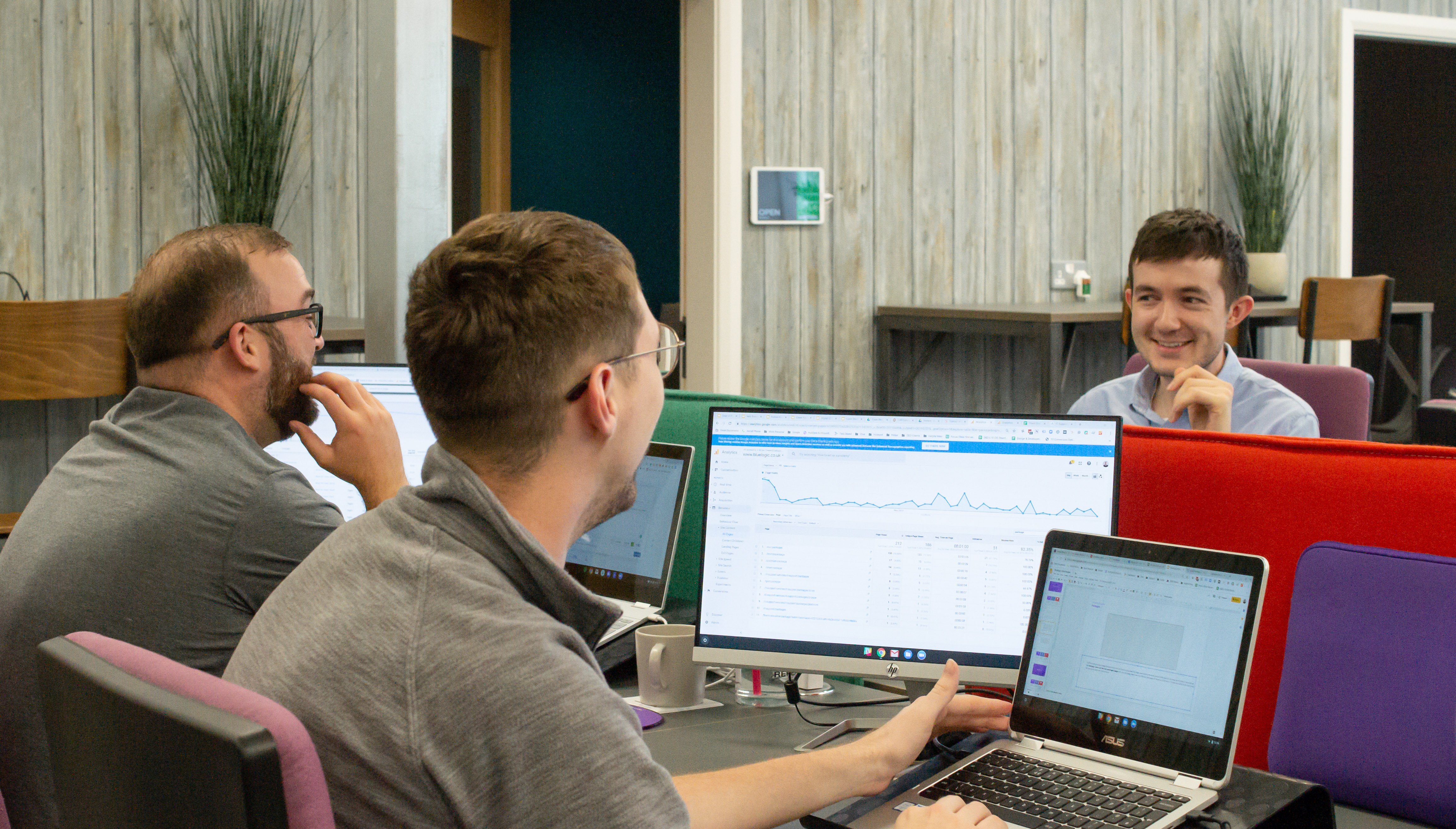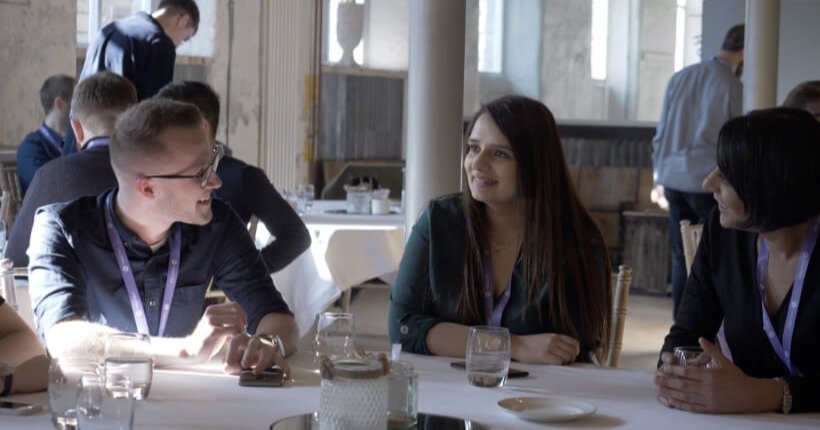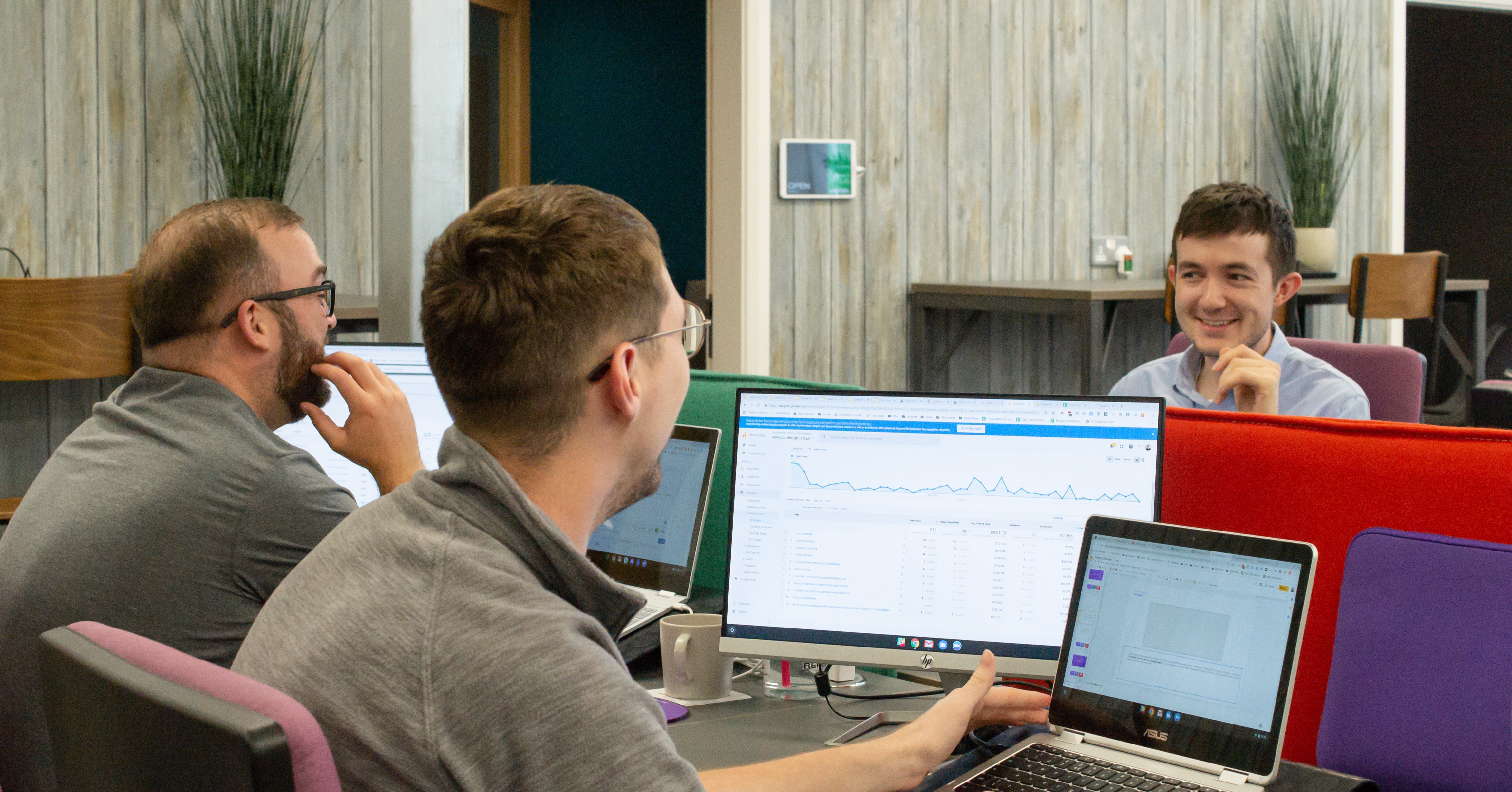The buyer’s journey is a process where individuals become aware of a problem, they consider and...
The stages within the customer journey are important and they depend on each other to work effectively. The simple truth is, all stages in the customer journey can make or break a conversion. This means you have to become well-versed in what you can do in each stage to limit the chances of someone pulling out.
Here’s a look at the five stages of the customer journey and what you can do to make them successful.
Using Awareness to begin the process
Awareness is the time where the prospect is aware they have a problem, want or need. Now, they’ll begin their research into possible solutions to a problem. This is the first point in which you can instil value into a prospect by delivering helpful and relevant content.
Say, for example, they’re a student chef looking to increase their knowledge on how to cook a steak. They’ll type into a search engine something along the lines of ‘All the ways to cook a steak’. If you’re a company that sells chef’s equipment; knives, grill pans, sous vide cooking technology - you’ll want to provide this information early on to build a rapport between the prospect and yourself.
The Awareness stage is key. If you don’t provide that ‘hook’ of relevant, interesting, informative information, the possibility of the latter stages being successful gets burnt - like a poor chef with an overcooked steak. We’re looking for information that’s well done, not reduced to ash.
The possibility of future conversions breaks down at this crucial point if you’re not conveying you understand the prospect’s problem and offering early advice on a solution.
You can offer these two things simultaneously in content such as:
-
Blogs.
-
Videos.
-
eBooks.
-
Checklist or infographics.
-
Reports.
This information must be free, easily-accessible, digestible and holistic. If you’ve mastered this stage, you’re all the more likely to hit the next one.
Influencing Consideration
At this point, your amateur chef has done their research on ways to cook a steak and are aware of the methods, appliances and techniques available to them. They might already be interested in a sous vide, chef’s knife or cleaver to add to their growing kitchen. Essentially, they’ve narrowed down their options but most importantly, they’re still not ready to make a purchase.
Research is highly important and should be respected from a marketer’s point of view. Did you know 82% of smartphone users research using their phones before making a purchase? Definitely a statistic to be aware of.
Now, your initial content has opened a prospect’s eyes to a new world of options which means not only will they be looking at what you have on offer, but also what other companies have to offer as well. Simmer down though - this is no reason to feel fried. Now you can position yourself as the avenue to follow.
Luckily, you can do this by utilising the same type of content mentioned in the previous section but you can be targeted differently, especially if you’ve been able to gain digital information from a prospect.
You can also utilise case studies or FAQs to answer more questions and subtly place your product at the front of the available options. It’s not about covering up competitors but making yourself out to be the most distinguished, trustworthy and helpful of them all.
One of the biggest causes of breaking a conversion at this point is by not staying as an approachable point of contact and source of information. If a prospect has entered their email to download an eBook at the Awareness stage and you’re not following up with a specifically targeted email - what’s the point? Make sure you have an automated email workflow set up to provide a personalised approach.
The final requirement for a successful Consideration stage is that you’ve provided enough information for a prospect to move onto the next phase.
Making a Decision
Your amateur chef has done their research and decides to purchase a new kitchen knife. They’ve had enough content delivered their way to leave them well-informed enough to be confident in both what’s on offer and what will satisfy their needs the most.
To aid conversions, this stage can be enhanced by the strategic use of customer reviews. In fact, 97% of costumers say reviews factor into their final buying decision. At this point, imagine you’re the chef. You’ve come across an elegant-looking chef’s knife that’s in your price range and it has these reviews from other customers:
“This knife is the best. Sleek, easy to handle and comes with a handy holder to retain the sharpness. Perfect!
“I have three of these because I can’t get enough of them.”
“This knife is so sharp, it can cut through the fabric of time and space!”
OK, maybe that last one is a little far-fetched, but you can see that you’re far more likely to buy a product with good, genuine reviews than a product without. If you don’t have any reviews to provide, offer an incentive to current customers to provide them whenever they purchase. Maybe a discount code to use in the future?
Aiding customer retention
So, you’ve sold the space-time cutting knife, but how do you make sure your prospect comes back to buy again?
First of all, the quality of the product is the main issue, but not many marketers can influence that key factor. But there are other variables the marketer, the salesperson, the social media strategist and many other positions can influence.
During this stage, using the power of your emails, follow up with the customer. You could try asking for feedback (a great way to ensure reviews to use in the future) or you could offer them up content they may find interesting. If they consent, you could sign them up to a newsletter which can provide other content that will be right for them.
Another thing that increases the chances of gaining conversions is customer service - it needs to be excellent. If you’re a prospect, you want to know you’re doing business with an organisation who cares.
The best way to find this is to determine how dedicated their Accounts Manager is in terms of your business - how much effort do they put in with you? Are they going the extra mile?
Retaining a customer is an effective way of maintaining a good conversion rate. Plus, if customers are happy with how they’re being treated after a sale is made, they’re more likely to recommend you to another.
Producing advocacy
Advocacy is one of the more intricate stages to the customer journey. It’s harder to obtain but also isn’t the end of the world if you don’t happen to grab it. An advocate or promoter will say great things about your business, products and services. Plus, they create word-of-mouth - the most genuine, powerful and persuasive type of marketing there is.
To turn a person into an advocate, you need to provide value at every stage of the customer journey. Value creates loyalty and loyalty is even more powerful than profit when it comes to a successful business.
While we’ve gone over a great deal of the customer journey, we’re not finished yet. There’s an absolute smorgasbord of information at your fingertips which can help you transcend any boundaries you’ve been suffering from and push past plateaus - and the best thing is, we’re offering it wrapped up in a helpful guide.
Enhance your marketing efforts with Inbound 2.0
Our Inbound 2.0 guide will keep you up-to-date with the latest information on inbound marketing and what it can do for your business.
Explore the marketing world through new eyes as you learn about the key statistics of the methodology, how the customer journey works holistically and the expert knowledge on buyer personas. Plus, take a peek at what the future of inbound is looking like.
It’s all there, just click the link below to download your free copy.


